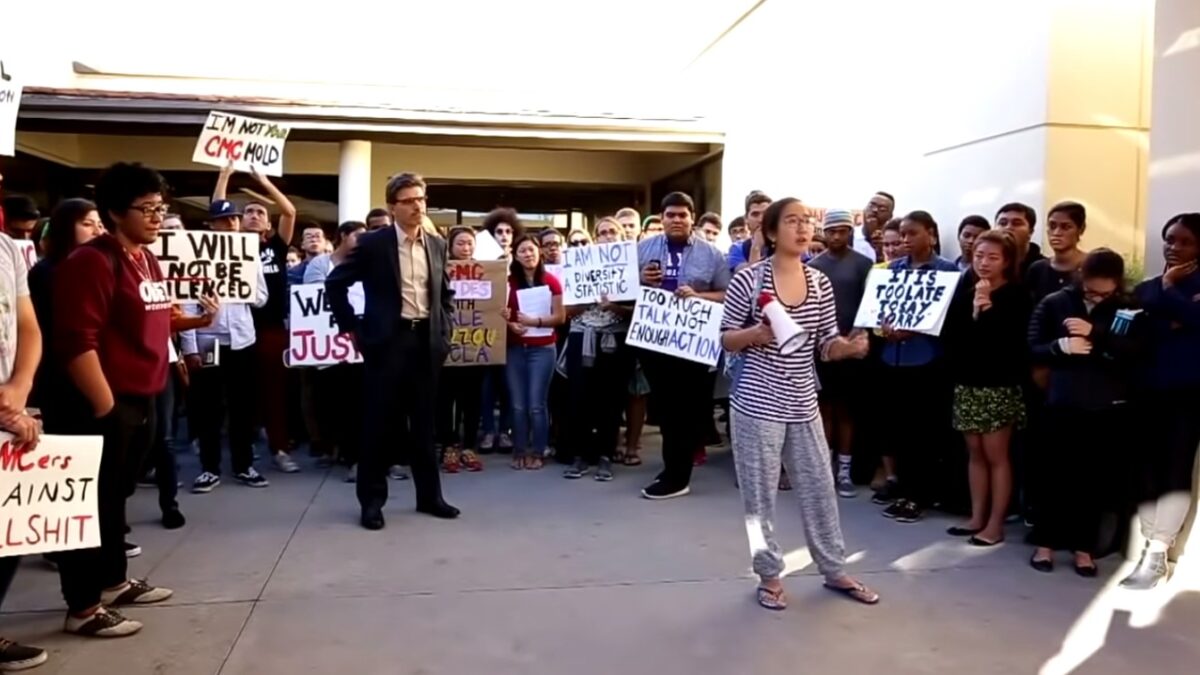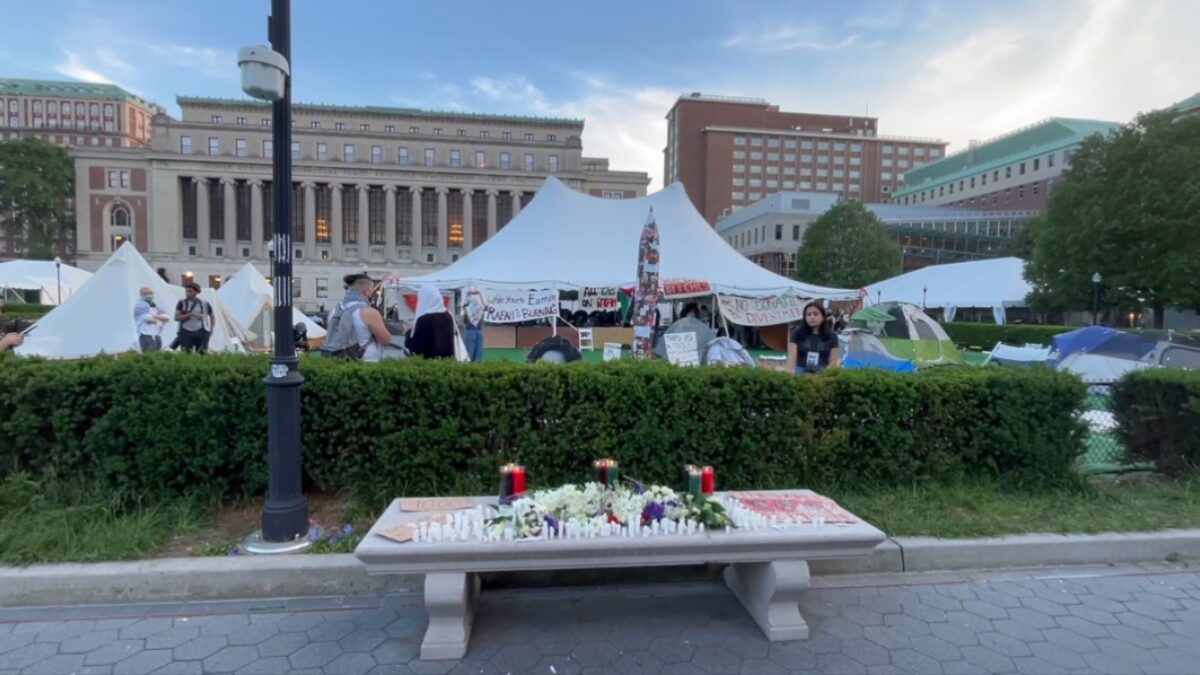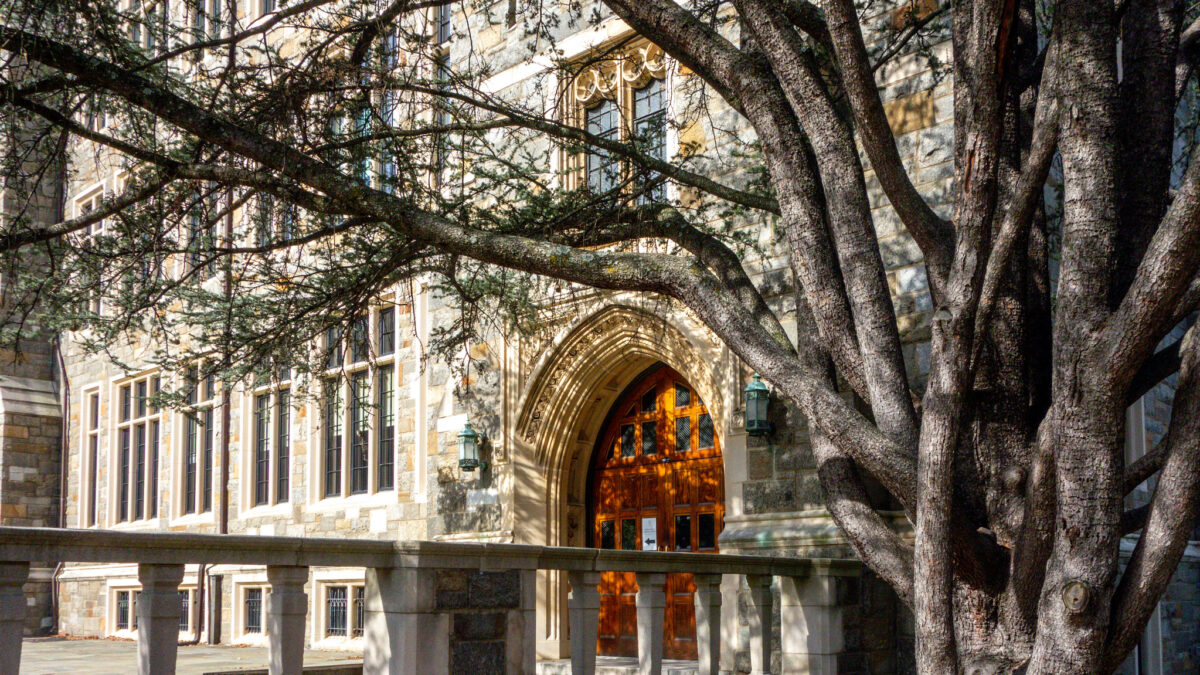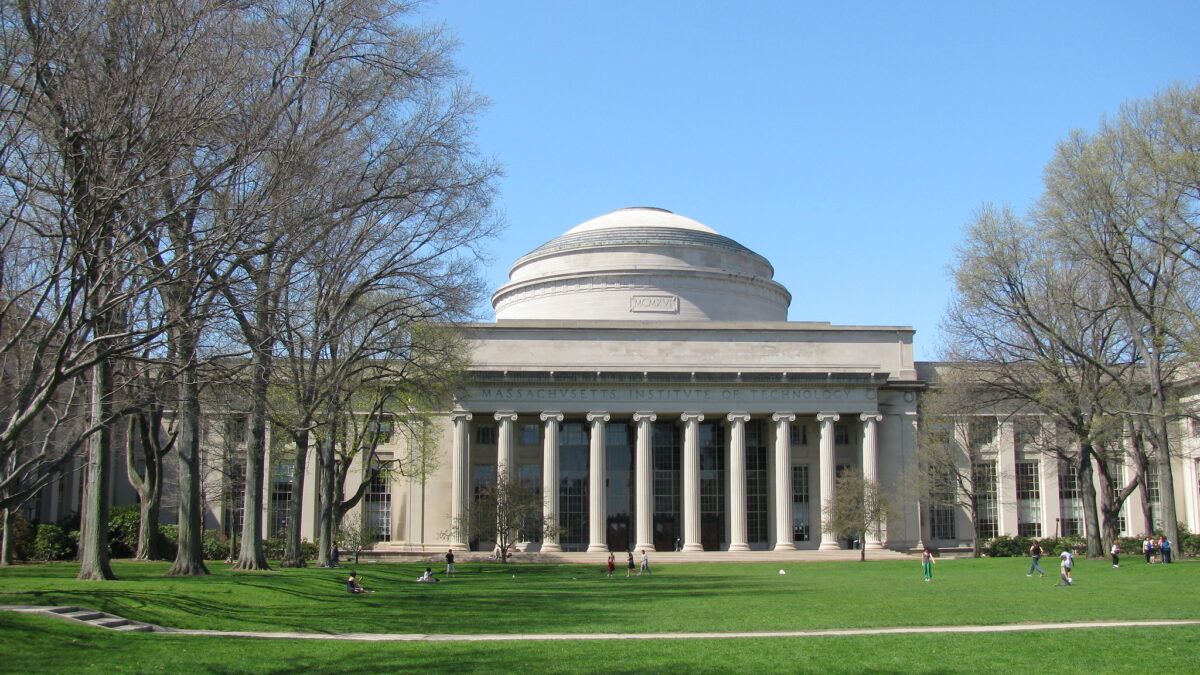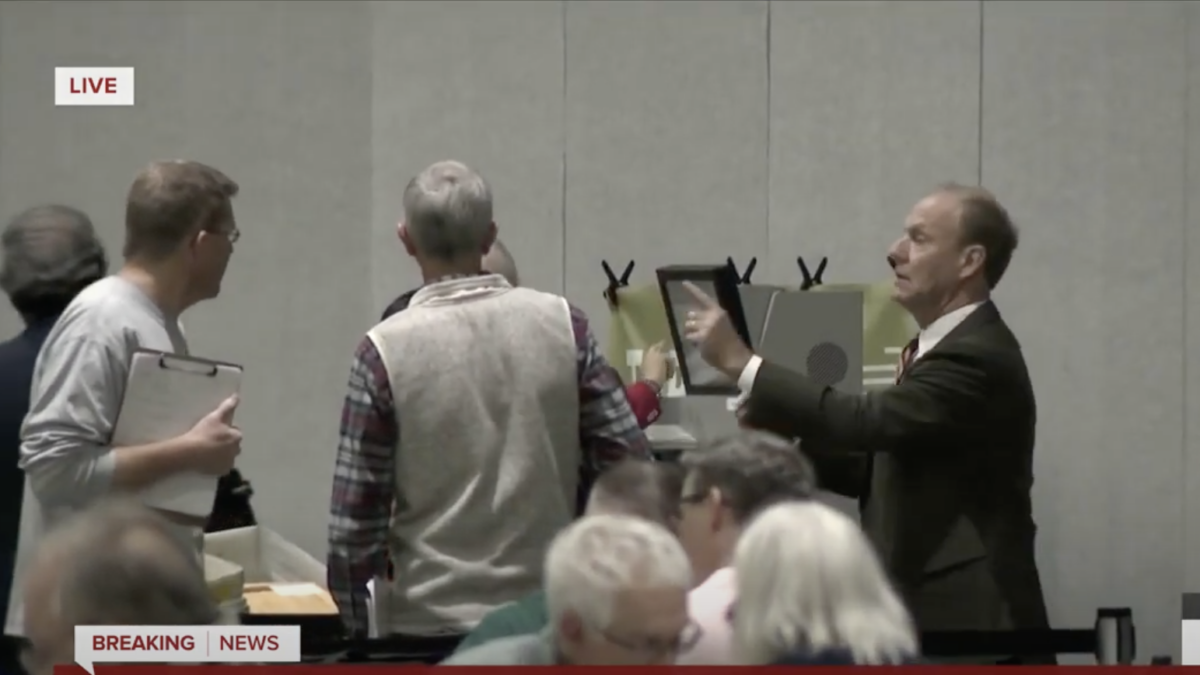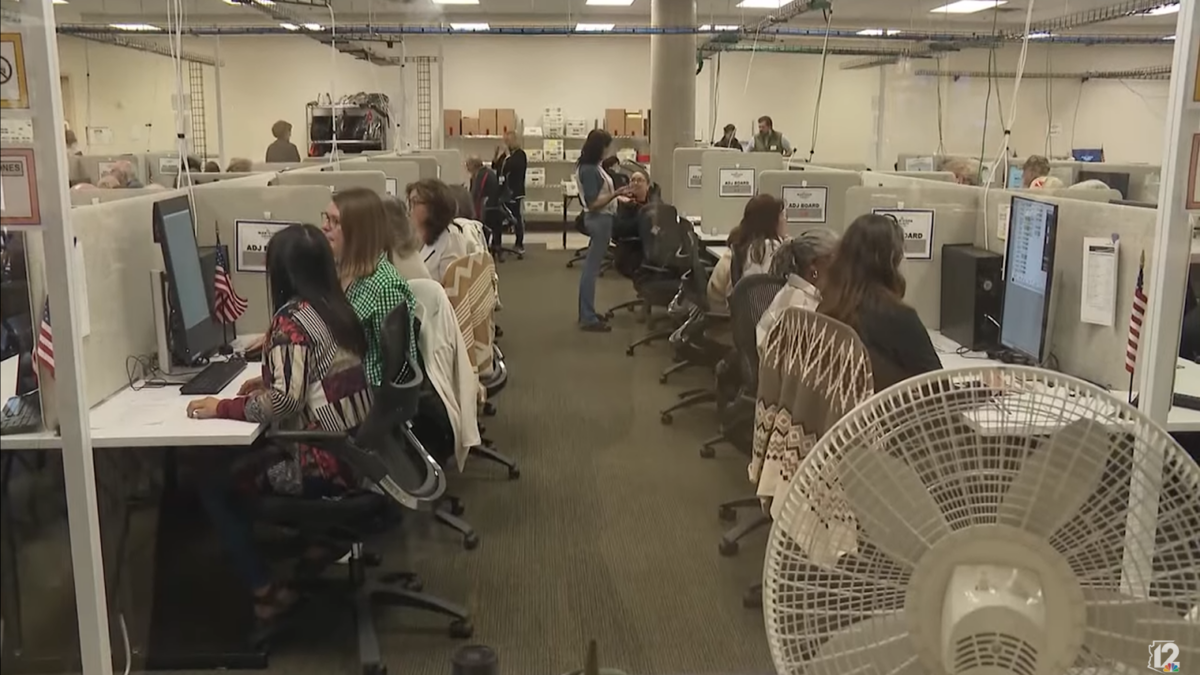By now, the arguments against President Biden’s decision to cancel hundreds of billions of dollars in student loan debt are familiar: The policy is regressive, expensive, illegal, and unfair to the vast majority of Americans without student debt. Perhaps this is why, last week, the White House quietly announced that it would be scaling back its debt relief program amid legal challenges from student loan financiers and Republican-controlled states.
Critics have been right to point out the various economic and moral issues presented by so-called student debt cancellation. However, by doing so, we risk missing the forest for the trees. The most important, though perhaps least visible, effect of Biden’s decision is the further subsidization of a phenomenon that should be referred to as the “dean state.”
What Is the ‘Dean State’?
The dean state refers to the proliferation of non-academic administrators on college campuses and the enormous influence they wield over the structure and direction of university life. While some of these administrators are granted titles that include the word “dean,” such as “dean of student life,” the bureaucratic blight runs far deeper. Anyone who has recently spent time on a college campus knows bureaucratic tentacles have spread into every nook and cranny of the collegiate experience. The result is that college students today are treated more like micromanaged children than adults.
Like the deep state, the dean state properly understood is not a malicious conspiracy but the result of bad incentives left unchecked. President Trump once described the deep state as “the steady creep of government bureaucracy that drains the vitality and the wealth of people.” At the simplest level, concerns about the deep state are just a recognition of the same problems inherent to all bureaucracies. The same phenomenon is true of the dean state but applies to college campuses rather than the government.
Just as the deep state has emerged over time with the growth of the federal bureaucracy, so too has the dean state gradually come to dominate higher education. As Johns Hopkins professor Benjamin Ginsberg wrote in “The Fall of the Faculty,” “As recently as the 1960s and 1970s, America’s universities were heavily influenced, if not completely driven, by faculty ideas and concerns. Today, institutions of higher education are mainly controlled by administrators and staffers who make the rules and set more and more of the priorities of academic life.”
Ginsberg’s description is backed by data. A 2021 report found that between 2010 and 2018, “Non-instructional spending — including student services (29%) and administration (19%) — grew faster than instructional spending (17%).” It is worth noting that “student services” are often a form of harmful administrative bloat; the report placed things like diversity, equity, and inclusion initiatives in this category.
These trends started well before the 2010s. An earlier study found that between 1993 and 2007, the number of full-time administrators per 100 students grew by 39 percent, substantially more than instructional and research-focused positions, which grew by 18 percent over the same period. These trends have coincided with “hiring less expensive and often less-credentialed instructional staff and more expensive administrative staff.”
As colleges spend more money on bureaucrats and less on teachers, it is students who suffer. Although degree holders still earn more than their less educated peers, the college wage premium — a measurement of the difference in earnings between college and high school graduates — has stagnated. As Jack Salmon of the Mercatus Center wrote, “The significance of this stagnation in the college wage premium over the past 15 years is important because this emerging pattern may complicate the orthodox view of college leading to higher lifetime earnings. Over the same 15-year period, the cost of college has grown by more than 50 percent.”
Put simply, the returns on college education are not as good as they once were, but students are paying far more than ever before to fund the higher education bureaucracy.
As universities devoted more resources to administrators, these people and their priorities came to play a larger role in campus life. The response in higher education to Covid-19 lockdowns, for instance, demonstrated how administrators can completely hijack higher education. Well after widespread vaccination occurred, schools across the country maintained unnecessarily draconian restrictions, including rules that required masks in classrooms, a vivid metaphorical illustration of administrative dominance over the academic side of the university.
And even before the lockdowns began, the rise of wokeness on college campuses demonstrated how the dean state had gotten in the way of the traditional mission of higher education. Free speech and open discourse were once considered hallmarks of the academy, but more recent years have seen the rise of school-sanctioned “free speech zones” and similar administrative initiatives that are antithetical to principles of free expression.
Similarly, the dean state undermines the most important purpose of higher education — the pursuit of knowledge — by creating bureaucratic roles dedicated to advancing an identity-based agenda that places certain groups and people beyond the realm of critical discussion.
A 2021 report from the Heritage Foundation found that “the average university had 3.4 people working to promote DEI for every 100 tenured or tenure-track faculty members.” As striking as that is, it understates the extent of the problem because of the authors’ conservative methodology and focus on lower-tier academic institutions, which have been less affected by the rise of the dean state than elite colleges and universities.
Indeed, modern campuses are filled with folks with titles such as “director of diversity engagement” or “vice president of diversity, equity, and inclusion.” This administrative blight runs deep into university life, with practically every school in the country also having bureaucrats working in places like “LGBTQ+ Centers,” “Women’s Centers,” and other identity-focused operations.
The pernicious infantilizing effect of the dean state can be seen in how employers view recent graduates. A 2019 report found that prospective employees lack the necessary soft skills for jobs in the modern economy. Among the missing skills are “problem-solving, critical thinking, innovation and creativity; the ability to deal with complexity and ambiguity; and communication.”
This makes sense. As the dean state makes college look more like high school and less like the real world, students have been unable to cultivate the soft skills needed to succeed after graduation. After all, how can students be expected to learn to deal with complex and ambiguous situations on their own when schools are teeming with “bias response teams” ready to intervene over perceived social and intellectual transgressions?
Enter the Federal Government
None of this would have been possible without the federal government flooding the higher education market with trillions of dollars over the last few decades. As far back as 1987, Education Secretary William Bennet noted that “increases in financial aid … enabled colleges and universities blithely to raise their tuitions, confident that Federal loan subsidies would help cushion the increase.” Bennet’s observation remains true more than 30 years later, though on a much larger scale.
Prior to Biden’s student debt decree, the dean state was due for a reckoning. Its debt-fueled growth could only occur for so long before financial reality would force a change. However, with the stroke of a pen, Biden decided that reality need not apply. Now that the precedent of so-called student debt forgiveness has been set, future borrowers are sure to be confident their loans will be forgiven, which will enable colleges and universities to continue to raise costs. If history is any guide, this money will grow the dean state even more.
The short-term effects of Biden’s decision will be economic, including higher inflation and increased federal debt. But in the long run, the biggest effect will be cultural. To take just one example, the dean state has already helped facilitate the rise of woke ideology across the country. Now that it has been further subsidized, these and other problems are sure to grow.
But the issue runs deeper, as nearly all of society’s future leaders are being molded on campuses controlled by the dean state. After four years of being coddled by higher education bureaucrats, graduates go into the world believing that bureaucracy is a natural and essential part of life, blinding them to the possibility that the world could be otherwise.
This misguided outlook leads many people who were trained under the watchful eye of the dean state to join the ranks of its larger cousin, the deep state. These individuals bring this warped bureaucratic worldview to policy-making, which helps explain where ideas like student loan forgiveness originate.
Furthermore many college-educated individuals who enter the private sector retain this bureaucracy-centric worldview. Though they do not work directly in the bowels of the deep state, they help legitimize its existence and actions through support in the media and other elite-dominated domains. The interconnected ecosystem formed by the dean state, its government offspring, and its defenders in public discourse has produced an elite class with an insular worldview who work to maintain and advance their in-group priorities.
The next time Republicans control the White House and Congress, they must make higher education reform a top priority and take steps to diminish the dean state.
Republicans need to make a concerted effort to increase the presence of conservatives on college campuses who can fight administrative blight at the source. Such changes will not be easy, but the alternative of sitting idly by while the dean state destroys American higher education and, subsequently, American culture is far worse.
